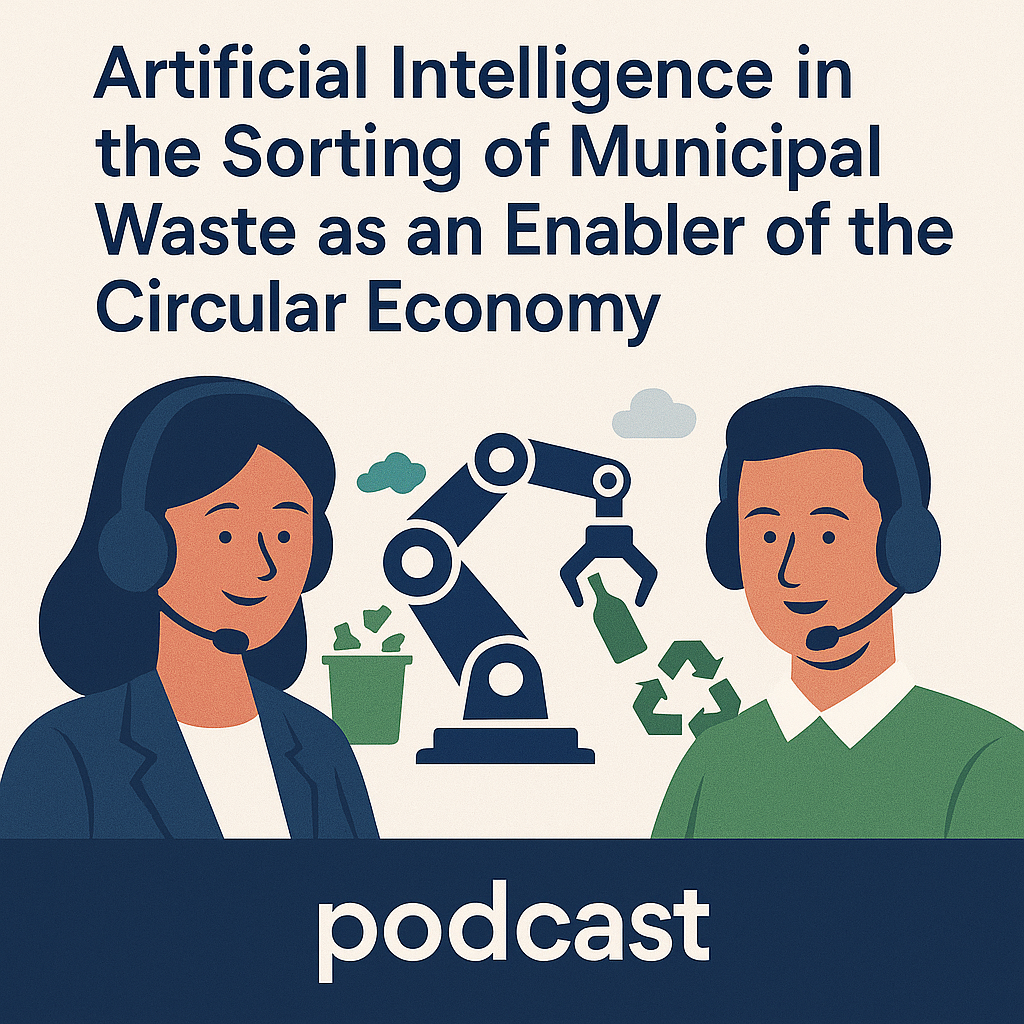Boosting Biosensor Accuracy with AI Individualization
Achieving high precision and reliability is crucial for biosensors used to measure specific analytes. One approach to improving this involves individualizing biosensors to a specific application scenario using artificial intelligence.
A method and system are proposed for measuring an analyte with a biosensor by enhancing its performance using high-performance parameters determined by artificial intelligence. The core process involves several steps:
- Determining at least one quality parameter of the biosensor.
- Determining at least one performance parameter and its associated threshold value based on at least one quality parameter using trained artificial intelligence.
- Customizing the biosensor to a specific application scenario based on at least one performance parameter and its associated threshold value.
The AI used in this process can be a trained neural network, using data such as time-resolved measurement curves and known analyte concentrations. The AI determines parameters like sensitivity, specificity, and yield, as well as quality parameters like the stability of a Wheatstone bridge's electrical resistance. By analyzing intrinsic properties, the system can compensate for variations during manufacturing or use, leading to more accurate and trustworthy measurements.
AI-Powered Robots Revolutionize Waste Sorting
AI is also proving transformative in sorting municipal solid waste (MSW). Traditional waste sorting plants, while highly automated, still rely on manual sorting for certain tasks, particularly for quality control and handling challenging waste streams like bulky waste. Manual sorting can involve low ergonomic conditions and decreasing performance over a work shift.
A research project tested the automation of municipal waste sorting plants using a robot with AI. The project, in a plant near Barcelona, used a ZRR2 robot system from ZenRobotics, aiming to supplement or replace manual sorting to increase recycling rates, improve purity, and enhance working conditions.
Empirical tests showed promising results: average purity of 90% (up to 100% in some cases) and later 97%, though recovery rates for some materials like textiles were lower. Challenges included the complex composition of municipal waste, gripping long or multi-layered items, and handling unstable inflow. Improvements included software updates and plant modifications.
AI: A Versatile Tool for Progress
These two applications, though vastly different in scale and domain, showcase the power of artificial intelligence to enhance performance and address complex issues in real-world scenarios. In biosensing, AI enables the fine-tuning and individualization necessary for accurate and reliable measurements. In waste management, AI-powered robots offer a path to improved sorting efficiency, higher material purity, and better working conditions.
While challenges remain, such as optimizing recovery rates in waste sorting and addressing broader societal impacts, the successful implementation and testing described in these sources demonstrate AI's potential as a key enabler of progress in diverse fields, contributing to advancements in healthcare technology and the transition towards a more circular economy.
← Back to Blog